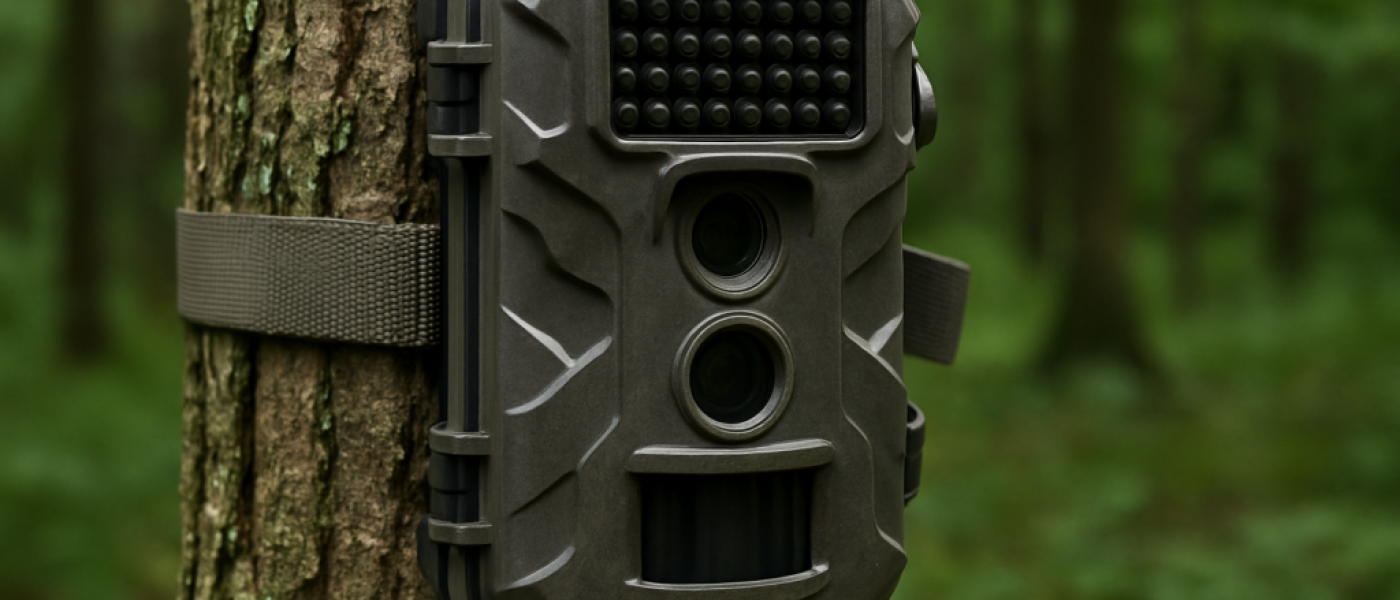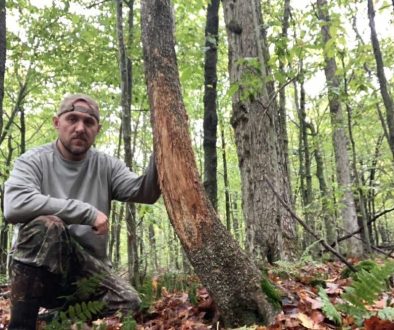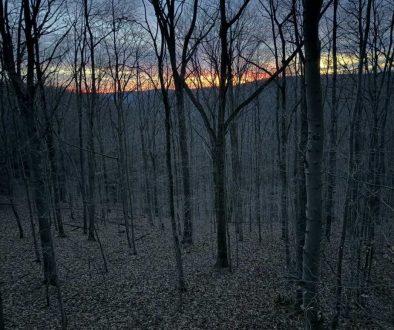Most hunters hang a few trail cameras in late summer, check them in October, and hope for a few good pictures of bucks. That’s a start—but it’s not enough.
In the big woods of Pennsylvania, deer don’t always leave obvious sign. Mature bucks often move on subtle patterns, sometimes without ever touching a scrape or laying down a visible rub. That’s where trail cameras become more than just tools for pictures—they become your greatest teacher.
At Sherk’s Guide Service, I run hundreds of cameras every year in the Allegheny Mountains. The goal isn’t just to see deer—it’s to understand them. Here’s how you can use cameras year-round to build knowledge that pays off season after season.
Why Trail Cameras Are More Than Just Intel
- They reveal annual patterns. Bucks often revisit the same scrapes, ridges, or bedding zones year after year, sometimes on almost the exact same dates.
- They expose unseen activity. A camera downwind of a scrape may show bucks scent-checking without leaving a single mark.
- They highlight the role of weather. Over time, you’ll notice how temperature swings, frosts, or snow events influence daylight movement.
If you’re only using cameras to see what’s happening this week, you’re missing the bigger picture.
Historical Data Beats “Hot Now” Intel
Many hunters chase the freshest pictures—hanging a stand the moment a shooter shows up. The problem? By the time you react, that deer may have already shifted.
Instead, lean on history:
- Look at when deer show up, not just where.
- Track how bedding and feeding areas shrink down in early fall.
- Note repeated use of the same trail in November year after year.
That buck you saw on camera last season may return this year, almost on schedule.
Camera Placement That Teaches You More
- Cluster your cameras. Instead of one unit per area, run several around a bedding zone or clear-cut. Bucks may only use a small portion, and one camera won’t tell the whole story.
- Ground-level angles. Place cams low to catch the full corridor. You’ll often see deer in the background that never touch the scrape.
- Think seasonal. Summer setups on browse and water, early fall on food transitions, rut near doe bedding, and late season on cover or food pockets.
By rotating and clustering, you’ll learn how bucks move through terrain instead of just capturing random encounters.
Avoid the Trap of Cell Cams
Cell cameras are great for real-time updates—but they can also mess with your head. Too many hunters move in the next day, pressuring deer that weren’t ready to be hunted.
Instead, use them to build confidence. If you know from history that bucks show up in early November, don’t panic when you don’t get pictures in late October. Trust the bigger dataset.
Key Takeaways
- Trail cameras are teachers, not just toys.
- Long-term patterns matter more than one hot photo.
- Cluster cameras around bedding and feeding areas to get the full story.
- Use historical data to anticipate movement, year after year.
- Don’t let cell cams trick you into making impatient moves.
Ready to Put Knowledge Into Action?
At Sherk’s Guide Service, we take trail-cam data and turn it into hunts that work. If you want to skip the trial-and-error and hunt with a system that’s been tested across hundreds of cameras in the Pennsylvania Wilds, we’re here to help.
👉 Book your hunt today and see how data-driven hunting can change your results.



